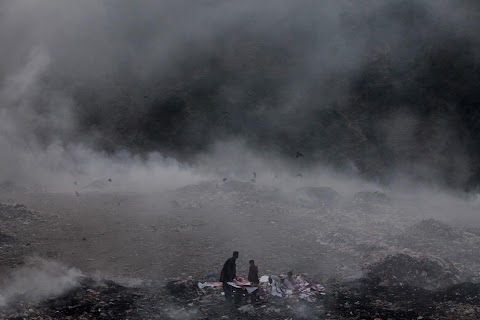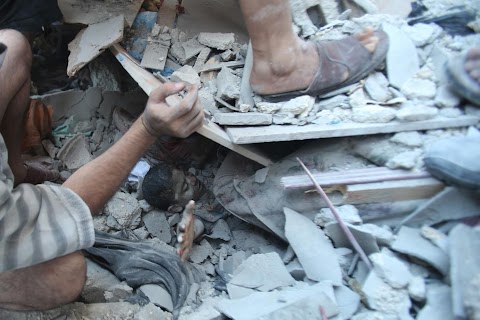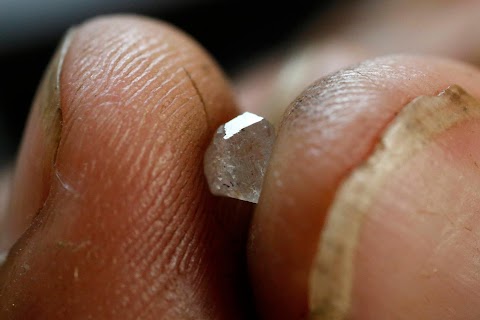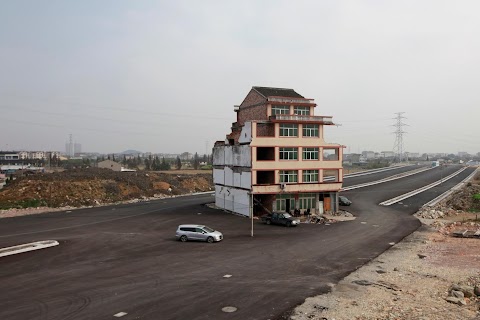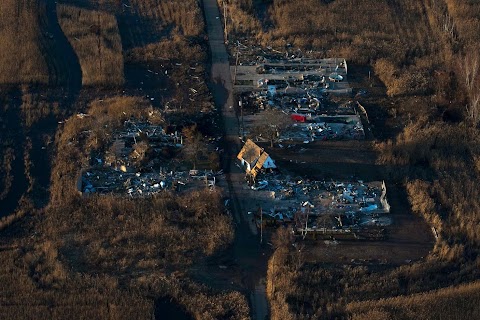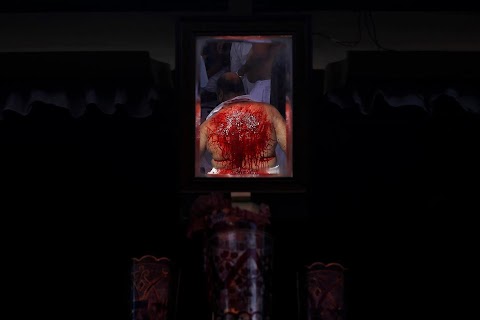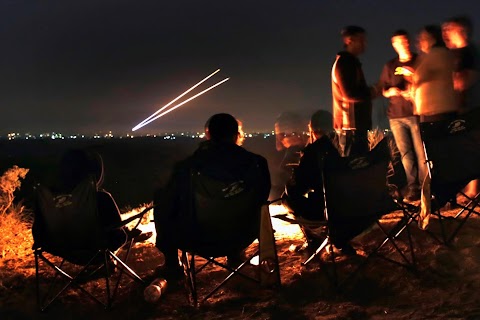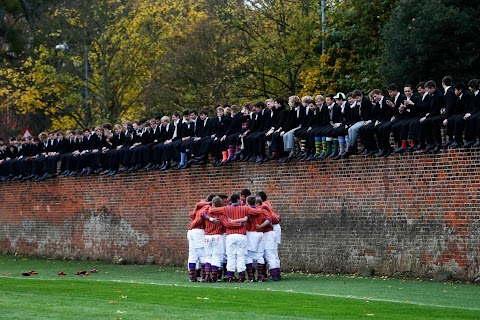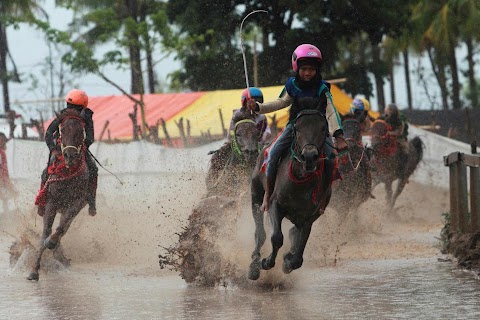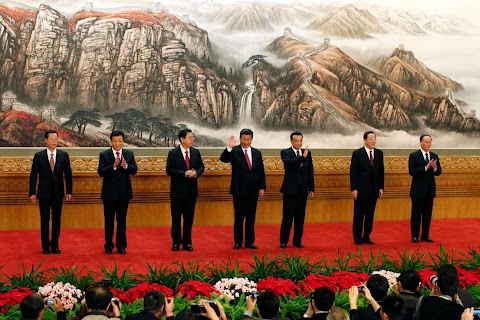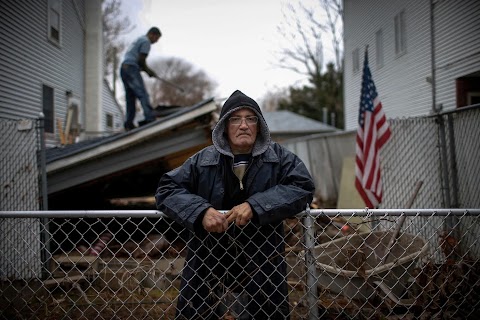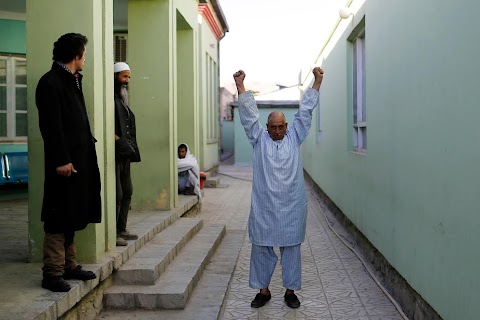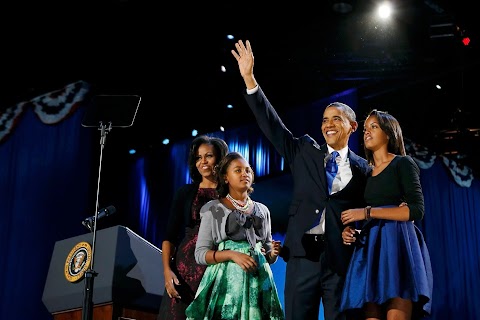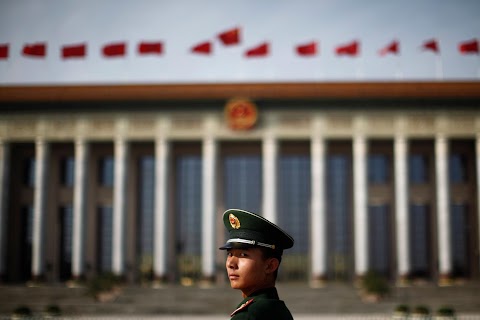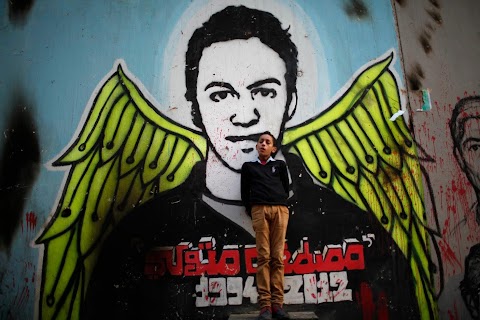
The art of protest
 Ahmed Jadallah
Ahmed Jadallah
Demonstrations have been flaring in Egypt against President Mohamed Mursi, as he moves to push through a new constitution after recently awarding himself sweeping new powers – the latest episode in a period of intense political upheaval since the 2011 revolution. As clashes broke out in recent weeks, the buildings of Cairo themselves bore the marks of long months of change and protest: street art commemorating the dead, anti-Mursi graffiti and religious slogans.
Slideshow

Protesters with their faces covered climb up to a window during clashes with riot police in Tahrir Square. Writing on the wall commemorates “the Martyr Mohammed Mahmoud Amr Al-Buheyri”.

A boy jumps as he throws a stone during fighting with police in Tahrir Square. The green writing on the nearby wall proclaims: “There is no God but Allah, and Mohammed is his prophet.”

Protesters run for cover, while others throw stones as they clash with police.

“I’m brotherhood,” says the speech bubble coming from the painting of a hulking green man pointing a thumb at himself. “I’m revolution,” replies the speech bubble of the boy painted looking up at him.

"We don't want Mursi as president any more," reads the graffiti surrounding a protester, who has climbed up to the grille of a school window.

A demonstrator wears a mask covering his nose and mouth during clashes with police.

Mourners attend the funeral of activist Gaber Salah, a member of the 6th of April youth movement, at Tahrir Square on Nov 26. The end of the sentence visible above them reads: “…but they will look at your hearts and your deeds.”

Mourners attend the funeral of Gaber Salah, also known as Gika. Before he died, state news agency MENA reported that Salah was wounded with birdshot in the head, neck, chest and arms after Nov. 19 - 20 demonstrations calling for the president to punish those responsible for killings and abuses during the rule of the generals who assumed power after Hosni Mubarak was toppled.

A policeman stands guard in front of graffiti showing Egypt's former president Hosni Mubarak, former Field Marshal Mohamed Hussein Tantawi and Muslim Brotherhood leader Mohamed Badie along Mohamed Mahmoud street near Tahrir Square in Cairo. The graffiti has been there since November 2011, where some of the fiercest fighting between protesters and security forces took place. The Arabic words read, "The one who gave the commands, still lives".

Youths walk next to a pirate flag on display by a street vendor near Tahrir Square in Cairo, with street art visible in the background. Reuters photographer Asmaa Waguih, who shot the photo, said: “There are a lot of artists in Egypt…and finally they managed to go and represent what they think on a big wall. It’s a way of expressing art after they have been deprived of it for a long time.”

People walk past murals in Mohamed Mahmoud Street in Cairo where at least 42 protesters died during clashes in 2011 during Egypt's interim military rule. The paintings show (left to right) Ahmed Mansour, Abo El Hassan and Osama Ahmed. According to information written on the wall, Mansour and Hassan were killed in Tahrir Square while Ahmed was killed in clashes in front of the Defence Ministry, during the revolution leading to the ousting of Hosni Mubarak.

People walk past murals showing protesters killed during clashes with police in 2011 according to information written on the wall in Mohamed Mahmoud Street.

A woman walks past murals on Mohamed Mahmoud Street showing (left to right) Ahmed Saleh, Mostafa Motwaly, Karim Khazam and Alaa Abd El Hady. According to the writing on the wall, they were protesters killed during clashes.

People stand near graffiti of a smiley face on a concrete roadblock built by Egyptian armed forces, as police vehicles are parked nearby.
